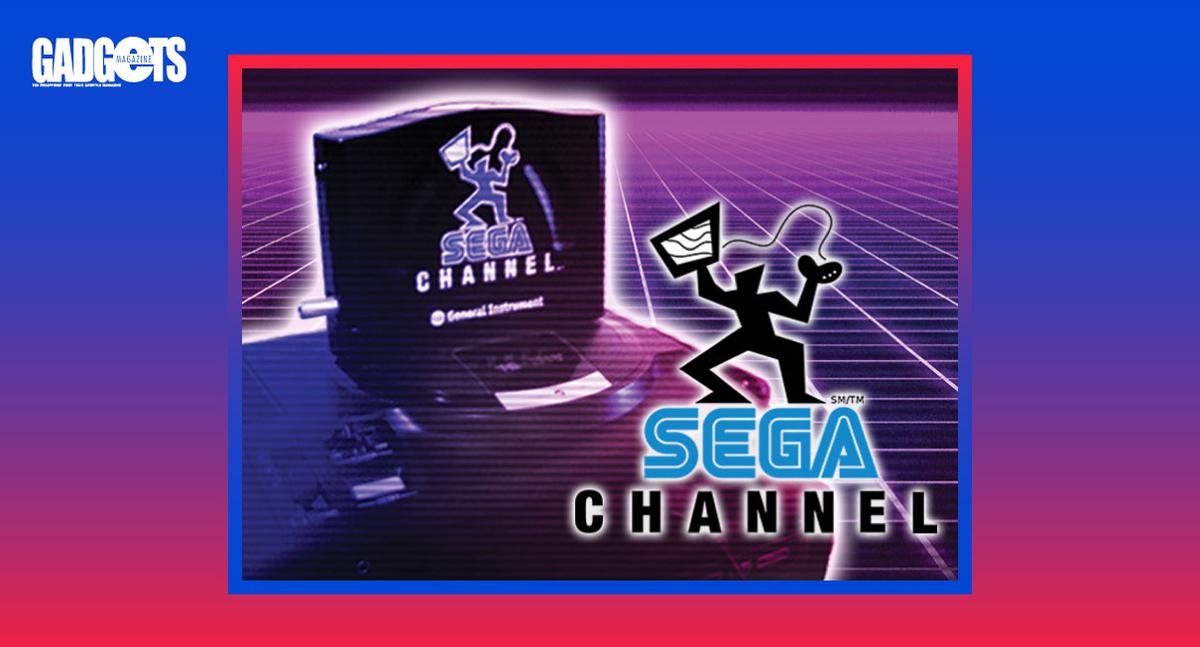Today, we now take online gaming for granted. We can play online on every console out today, and we obviously have PCs if we want those extra beefy graphics and PC exclusives such as League of Legends or World of Warcraft. 25 years ago, the Internet was still in its infancy, and nobody thought of including online play on consoles.
The Genesis launched in 1989 to counteract Nintendo’s dominance of the North American video game market. As some of our older readers might remember, Sega and Nintendo were bitter rivals during the early 1990s. The console wars reached far beyond gaming, with the United States Congress holding hearings on violent video games. Sega and Nintendo both were present at the hearings: Sega wanted to bring video games to all audiences, while Nintendo insisted on family-friendly material.
What brought Sega ahead of Nintendo, in my opinion, was their willingness to innovate. Sega had experimented with VR in the early 1990s, well before the Oculus Rift and HTC Vive. Sega also had the Sega Activator, a motion control device, over a decade before the Xbox 360’s Kinect. While many of these peripherals never made it to consumer hands (Sega VR) or were considered as commercial failures (Sega Activator), it was clear that Sega was willing to take the risks and make technological leaps into the unknown.
In 1990, Sega Meganet was released in Japan; in 1992, there was the Sega Anser, which turned a Sega Genesis console into a banking portal, well before phones had banking apps. By 1993, Sega announced the Sega Channel for North America, which would utilize cable television to deliver content to the Sega Genesis. In 1994, 21 cable companies agreed to sign up to carry Sega Channel. Fees would vary based on location, namely because the Internet was in its infancy and paying to access online content had different pricing tiers (in the early 1990s, some ISPs even had people pay by the hour or minute, as opposed to monthly like we do today). Sega charged a USD 25 activation fee and USD 15 monthly for the service.
Players then received a Sega Channel cartridge, complete with yet another power adapter (which complicated things even more if you owned a Sega CD and Sega 32X, which each required their own power adapters as well) and coaxial adapter at the rear of the cartridge. Starting up the Genesis with the Sega Channel cartridge took as long as 30 seconds. Gamers could then access content from the online service and start playing games. Depending on the size of the game, it could take several minutes for games to load. Players could also access cheat codes and play upcoming demos of games.
How did Sega manage to bring online gaming to the platform during the infancy of the Internet? A team over at Sega would place content on a CD-ROM on a monthly basis. It was then sent to a satellite station, and then transmitted via satellite at 1.435 GHz upload and 1.1 GHz download to local cable providers. This was a rather complex system for the time. Players could choose 50 games monthly, including Aladdin and Sonic & Knuckles. There were even Sega Channel exclusives, namely Mega Man: The Wily Wars, which was a remake of the first three Mega Man games.
The service was initially well received, even winning the 1994 “Best of What’s New” award from Popular Science. In 1995, despite more advanced systems such as the Sega Saturn, Nintendo 64 and Sony PlayStation on the horizon, a Sports Illustrated survey said that gamers between the ages of 9 and 13 were five times more likely to subscribe to Sega Channel than purchase any of the new consoles. At its peak, Sega Channel boasted 250,000 subscribers, far below Sega’s own projections of 1 million subscribers by the end of 1995. Sega Channel was criticized for high subscription fees, but also came during a time when Sega was working on far too many projects simultaneously. IGN’s Adam Redsell even credited the Sega Channel for the development of broadband Internet. Today, you can play demos of games on Xbox Live and PlayStation Network, something that can be attributed to Sega Channel as well.
Ultimately, Sega Channel had far more staying power than a lot of the projects Sega was working on in the mid to late 1990s. Sega Channel went out of service on July 31, 1998, three years after the release of the Sega Saturn and just over a year before the Sega Dreamcast came out. The Saturn itself would also cease production in North America in 1998. What if Sega came out with the Sega Channel earlier in its lifespan instead of propping up commercial failures like the Sega CD and Sega 32X? One can only imagine the possibilities. But hindsight is 20/20, and we should thank Sega Channel for laying the groundwork for today’s online gaming infrastructure.
Also Published in GADGETS MAGAZINE May 2019 Issue
Words by Jose Alvarez
